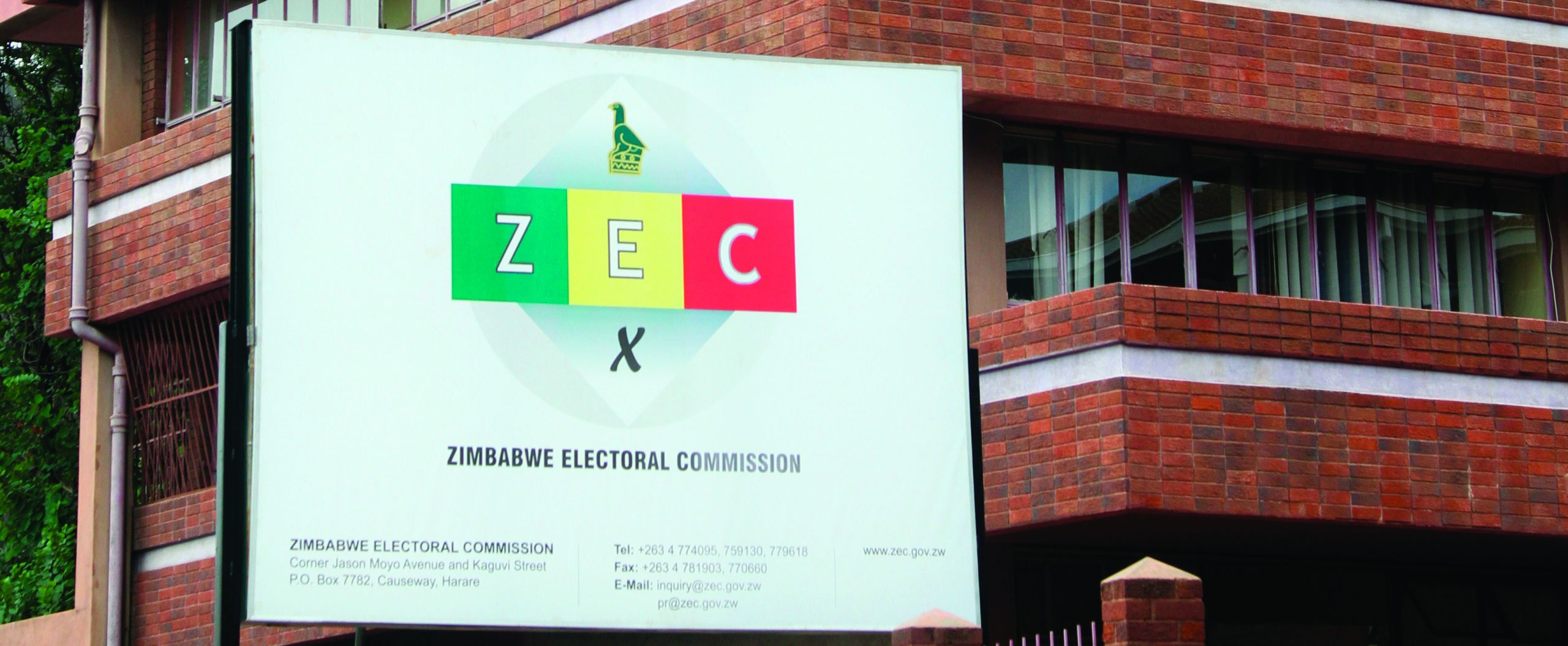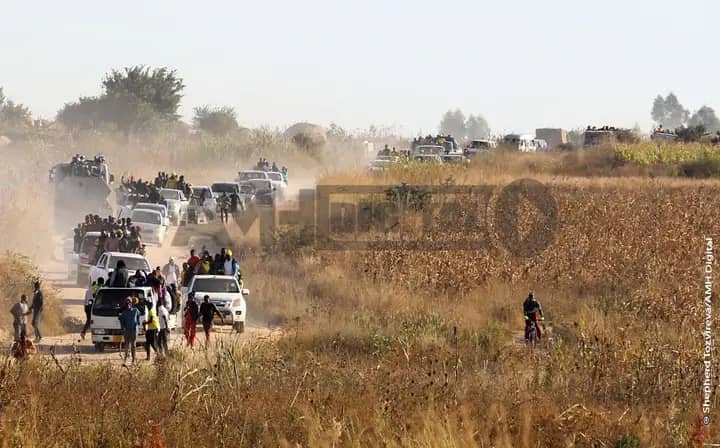
The COVID-19 pandemic is in its third wave since it broke out in China in December 2019 with different variants confusing and sometimes disrupting response efforts. The roll-out of vaccines is well underway and may be one of the fastest in history and some countries are seeing progress from vaccination. However, what is happening in India is a reminder that, while the world is making progress, we are far from being out of the woods.
By Tapiwa Gomo
As the world gets more clarity on the state of the health emergency, there are interesting trends and lessons on how economies are faring out of the pandemic-induced recession.
Major economies were among the worst affected by the pandemic, with some of the countries imposing restrictions that lasted between months and the whole year and could potentially ground their economies to a halt.
However, recent data shows economic rebound in most major economies while African countries, among the least affected are struggling to recover economically.
The economic rebound was first noted in China where the pandemic started.
The United States of America, the United Kingdom, Europe and South Korea — after emerging from the massive COVID-19-induced death tolls — have shown a rapid economic rebound with some registering an economy growth of as high as 40%.
India — one of the major economies — remains under the grip of the pandemic and its economic recovery has fallen behind. Australia and New Zealand have taught the world a rare if not difficult lesson in dealing with the pandemic.
- Chamisa under fire over US$120K donation
- Mavhunga puts DeMbare into Chibuku quarterfinals
- Pension funds bet on Cabora Bassa oilfields
- Councils defy govt fire tender directive
Keep Reading
They were able to control the virus and kept their economies alive even without the vaccines. Their approach was simple but an economic high risk.
They closed themselves from the rest of the world, a strategy that speaks volumes of their self-sufficiency.
In Africa, the number of COVID-19 cases and deaths have remained low compared to other regions.
This could be because of poor contact tracing and case reporting systems, and that most of the continent’s population lives in less densely populated rural areas. Despite these demographic factors favouring the continent, the impact of COVID-19 in Africa is witnessed in largely three ways.
All of them, results of Africa’s continued dependence on external markets.
Once China imposed travel, movement restrictions and lockdowns, trade and investment with Africa slumped.
This demand for Africa’s raw materials and commodities decreased significantly, while Africa’s access to Chinese markets was constrained.
Demand slump linked with the COVID-19 prevention measures in Western countries left some Africa economies hanging in the balance.
The continental supply disruption affecting domestic and intra-African trade.
There is no doubt that African countries missed opportunities to strengthen and reconfigure their economies when the entire world had recoiled into lockdowns.
They were also regrets with regards to why African economies were not structured in ways that allow immediate to medium-term self-sustenance as in Australia and New Zealand.
There are lessons Africa countries can draw from the COVID-19 pandemic.
First, is to decentralise urbanisation and essential services taking into account that most of the people are rural-based.
In the event of challenges such as the COVID-19 pandemic, it makes it easier to control movement, to reduce the spread of diseases and to shield economies from areas affected by the pandemic.
That way, national lockdowns will not be necessary.
Second, mushikashika economies tend to be extremely vulnerable to the vagaries of global markets.
When China shut down its borders, it meant all raw materials destined for China became losses or a cost in storage.
This calls for improved beneficiation and industrialisation of economies.
That way, it makes it possible to put in place policy measures that cushion income and jobs losses, while tackling the specific challenges of high informality.
While the economic interdependence is unavoidable, the risk of shocks experienced in other markets can be reduced and mitigated by shifting from being war material supplier.
The organisation for economic co-operation and development (OECD) also recommended that “beyond responding to the immediate needs, recovery strategies must include a strong structural and economic reconfiguration component to reduce dependence on external financial flows and global markets, and establish more value-adding, knowledge-intensive and industrialised economies, underpinned by a more competitive and efficient services sector.”
As it stands, African economies struggle to take off on the economic recovery front without paying attention to pulse of what is happening in China and Western markets.
It is like counting on your neighbour’s hunger in order to sell your garden produce oblivious of the possibility that the neighbour might have found a new supplier or stopped consuming garden products.
Industrialisation is one way of limiting the impact of this dependence on external factors.
In addition, it is high time the continent strengthened its regional co-operation both in term of management of pandemics and economic integration. The chaos at the Beitbridge Border Post in December could have been avoided if countries had approached the pandemic from a regional perspective.
Similarly, continental and regional productive transformation projects are vital alternatives to strengthen regional value chains, reduce vulnerability to external shocks, advance the digital transition, and build economic resilience against future crises.










